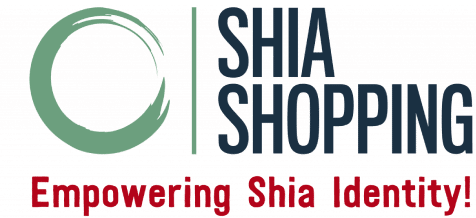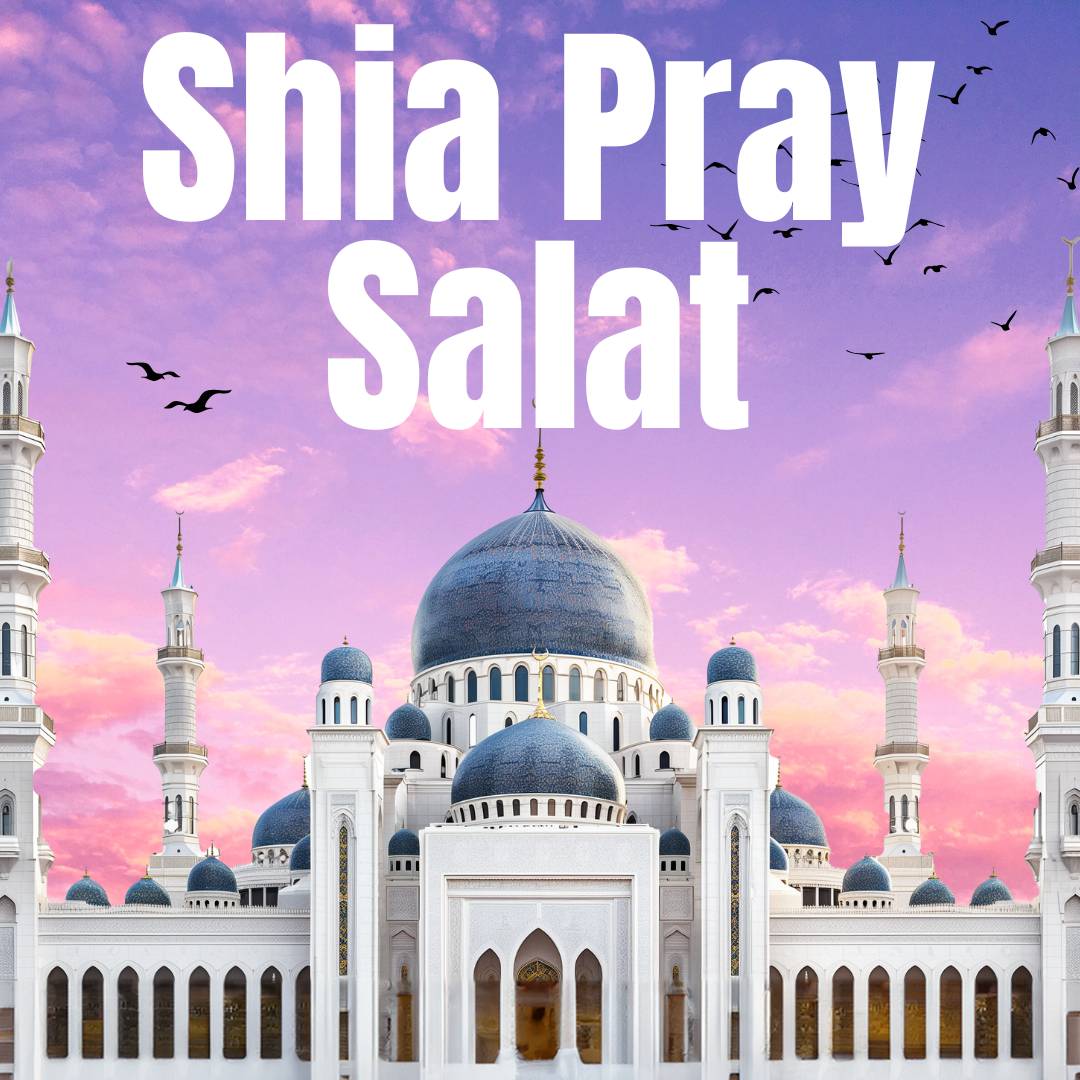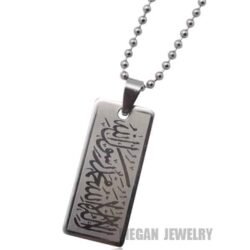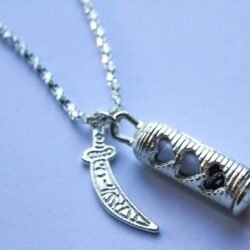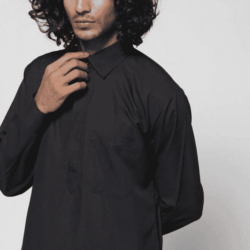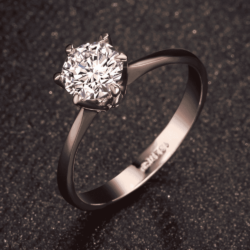Salat, or Islamic prayer, is a central act of worship in Islam, signifying a direct connection with Allah. For Shia Muslims, salat involves distinctive practices and traditions that differentiate it from Sunni practices. These differences manifest in the timing, recitations, and physical postures of the prayer. It can reflecting the unique theological and ritualistic perspectives of Shia Islam. Shia pray salat perform as a fundamental act of worship, connecting them to Allah through Fajr, Dhuhr, Asr, Maghrib, and Isha prayers.
Structure and Timing of Shia salat
Shia Muslims perform the five daily prayers (salat) as prescribed in Islam, but there are variations in the way these prayers are observed.
1. Prayer Times and Combining Prayers: Shia Muslims have the practice of combining certain prayers to simplify the process and align with their understanding of Islamic teachings. Specifically, the Dhuhr (midday) and Asr (afternoon) prayers are often combined and prayed together, as well as the Maghrib (sunset) and Isha (night) prayers. This practice is believed to reflect the Prophet Muhammad’s approach to accommodating the needs of his followers, though it diverges from the traditional Sunni practice of performing each prayer at its designated time.
2. Recitations: The core of Shia salat includes the recitation of Surah Al-Fatiha, the opening chapter of the Quran, in each unit (rak’ah) of the prayer. After Al-Fatiha, Shia Muslims usually recite an additional Surah or a few verses from the Quran. The Tashahhud (bearing witness) and the Salam (peace) are recited during specific phases of the prayer, with variations in the wording and emphasis compared to Sunni practices. Shia Muslims often recite “Bismillah” (In the name of Allah) before each Surah, reflecting their focus on the divine name.
3. Physical Postures: The physical movements during Shia salat, including standing (Qiyam), bowing (Ruku), and prostration (Sujud), are performed with specific intentions and practices. For example, Shia Muslims typically keep their hands at their sides during the standing position rather than folding them on the chest or navel. This practice signifies humility and submission to Allah.
Postures and Rituals in salat
The physical aspects of Shia salat involve distinct postures and rituals that hold deep significance in their worship.
1. Qiyam (Standing): During the Qiyam position, Shia Muslims recite Surah Al-Fatiha followed by another Surah or verses from the Quran. This phase emphasizes devotion and attentiveness in prayer.
2. Ruku (Bowing): They bend at the waist with their backs and heads level, keeping their hands on their knees. This posture symbolizes humility and submission to Allah.
3. Sujud (Prostration): The Sujud position involves placing the forehead, nose, palms, knees, and toes on the ground. Shia Muslims also use a small piece of clay or a turbah (often from Karbala) under their forehead during prostration. Which is a distinctive aspect of their practice. This practice is based on the belief that prostration on natural earth elements is more spiritually beneficial.
4. Tashahhud and Salam: During the final sitting position. Shia Muslims recite the Tashahhud, affirming the oneness of Allah and the prophethood of Muhammad. The prayer concludes with the Salam, a salutation of peace to both sides, marking the end of the prayer.
Shia pray salat embodies specific traditions and practices that reflect the diversity within Islamic worship. Shia pray salat includes unique features such as the combining of prayers, variations in recitations, and distinctive physical postures. These differences highlight the rich diversity within the Islamic faith, offering a deeper understanding of how different communities express their devotion and maintain their spiritual practices.
